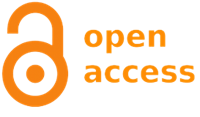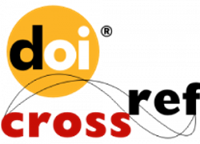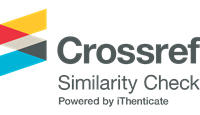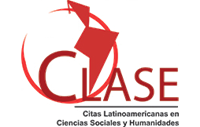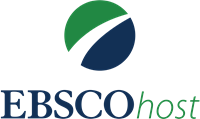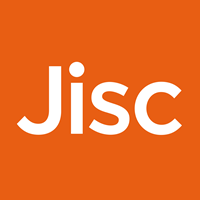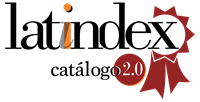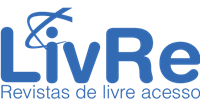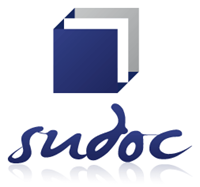<b>Between the ideal and the real: propositions of the Basic Common Curriculum for the Elementary School of Minas Gerais and its transposition for use in the classroom
Abstract
This study presents the partial results of a survey aiming to know the conceptions of literacy that permeate the Basic Curriculum for the elementary school of Minas Gerais, and check if these conceptions are reflected in the propositions of the material ‘Consolidating literacy in 60 lessons’, program created by the State Secretariat of Education, to assist children who failed to be literate in the proper age in the light of the assumptions of researchers who are part of the New Literacy Studies - Barton and Hamilton (1998), Cook-Gumperz (1991), Gee (2005), Heath (1983), Lankshear (1999), Street (1984, 2014), Terzi (1997, 2000), Tôrres (2003, 2009), Tôrres and Oliveira (2017). These authors propose shifting the focus on the acquisition of technical skills and neutral practices, as has been done in traditional approaches, and see literacy as a social practice. In that scope, we tried to verify if the ideologies that permeate the documents are aligned with the precepts of the ideological literacy model, as proposed by Street (1984, 2014), and revealed in the Basic Curriculum for the elementary school. The research fits the profile of a qualitative approach and used as instruments the researcher’s observation and analysis, and a semi-structured interview as proposed by Lüdke and André (2013). At the end of the research, it was pointed out that the transposition of theory to practice shows a certain polarity between what one intends to do in education and what has actually been done.
Downloads

This work is licensed under a Creative Commons Attribution 4.0 International License.
DECLARATION OF ORIGINALITY AND COPYRIGHTS
I declare that this article is original and has not been submitted for publication in any other national or international journal, either in part or in its entirety.
The copyright belongs exclusively to the authors. The licensing rights used by the journal are the Creative Commons Attribution 4.0 (CC BY 4.0) license: sharing (copying and distributing the material in any medium or format) and adaptation (remixing, transforming, and building upon the material thus licensed for any purpose, including commercial purposes) are permitted.
It is recommended that you read this link for more information on the subject: providing credits and references correctly, among other crucial details for the proper use of the licensed material.








